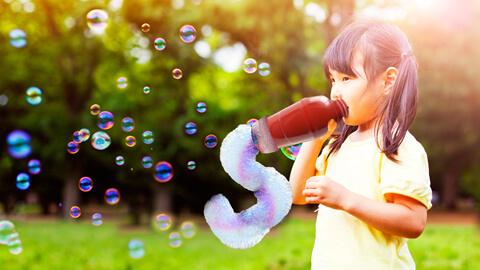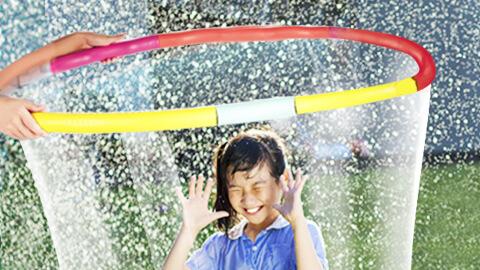Your child will reach milestones at his own rate. But if you’d like to nurture his development while creating more opportunities to interact and bond with your toddler, here are some activities you can try.
Cognitive
Milestone: Sorting objects by shape and color
What helps: Provide shape-sorting toys that have multiple child-safe parts.
Why: Sorting objects by shape and color helps your child learn to pick out similarities and differences between them.
Next: Show him a new way to sort objects—for example, size. You also can introduce a variety of simple puzzles. Start with those that involve matching a single shape into a single hole of the same shape. Soon your toddler will be able to work jigsaw puzzles of up to three or four pieces.
Motor
Milestone: Climbing
What helps: Visit playgrounds with child-safe climbing structures.
Why: Your toddler has probably already conquered sofa cushions and stairs. As his agility improves, he’s ready for more challenging climbing experiences—along with running, sliding, and other activities that help improve his coordination.
Next: Play balancing games with your child, like giving pony rides on your back or walking a chalk line drawn on the sidewalk as if it were a tightrope.
Milestone: Holding a pencil or crayon
What helps: Offer thick pencils and crayons that fit easily into your child’s hand and are easy to grip. Show him how to make marks on paper, but don’t expect recognizable images yet.
Why: Around 30 months he’ll get better at holding a writing utensil in the correct position—thumb on one side, and pointer and middle finger on the other—allowing for better control.
Next: Create frequent opportunities for your child to practice drawing; he’ll gradually gain more control over the crayon or pencil and eventually be able to make smaller, finer lines and circles.
Communication
Milestone: Forming first sentences
What helps: Read short, interactive books to your toddler—for instance, books with flaps he can lift, rhymes he can repeat, and textured surfaces he can touch. Encourage him to point to things and ask him to name the items you point to as you read.
Why: Reading to your child is one of the best ways to help his language skills expand. But because his attention span may not be very long, it's important to make the experience as engaging as possible, without forcing the issue.
Next: As your toddler becomes familiar with favorite stories or rhymes, encourage him to complete the sentences with you or on his own as you read. When his attention span increases, you can choose longer stories, but at this age it’s a good idea to stick with picture books that have engaging images.
Social
Milestone: Understanding turn-taking
What helps: Play back-and-forth games with your child—rolling a ball to him, for example and asking him to roll it back. To reinforce the concept, use phrases like, “Now it’s your turn … now it’s my turn.”
Why: Your child learns best how people interact through example and experience.
Next: Taking turns is related to sharing, another important social skill that will develop further in the coming year. To build on his understanding, add turn-taking to other activities. For example, when you’re putting the laundry in the washing machine, ask your child to drop something in, then you do it, and so on.
References:
“Parenting Guide to Your Toddler” by Paula Spencer, Ballantine Books 2000.
“What's Going on in There? How the Brain and Mind Develop in the First Five Years of Life?” by Lise Elliot.
“Caring for Your Baby and Young Child, Birth to Age 5 (5th Ed)” by the American Academy of Pediatrics.
“The Wonder Years: Helping Your Baby and Young Child Successfully Negotiate the Major Developmental Milestones” by the American Academy of Pediatrics.



